Things to Do in Dominica as Featured by The Times

Times Travel, a world-renowned travel publication, highlighted the best things to do in Dominica. Dominica is well known for its picturesque waterfalls, lakes, and hikes, but Dominica also has some of the most undiscovered beaches in the Caribbean. Continue reading to discover how you can explore all 21 excursions right from your home base at Secret Bay, as featured by Times Travel.
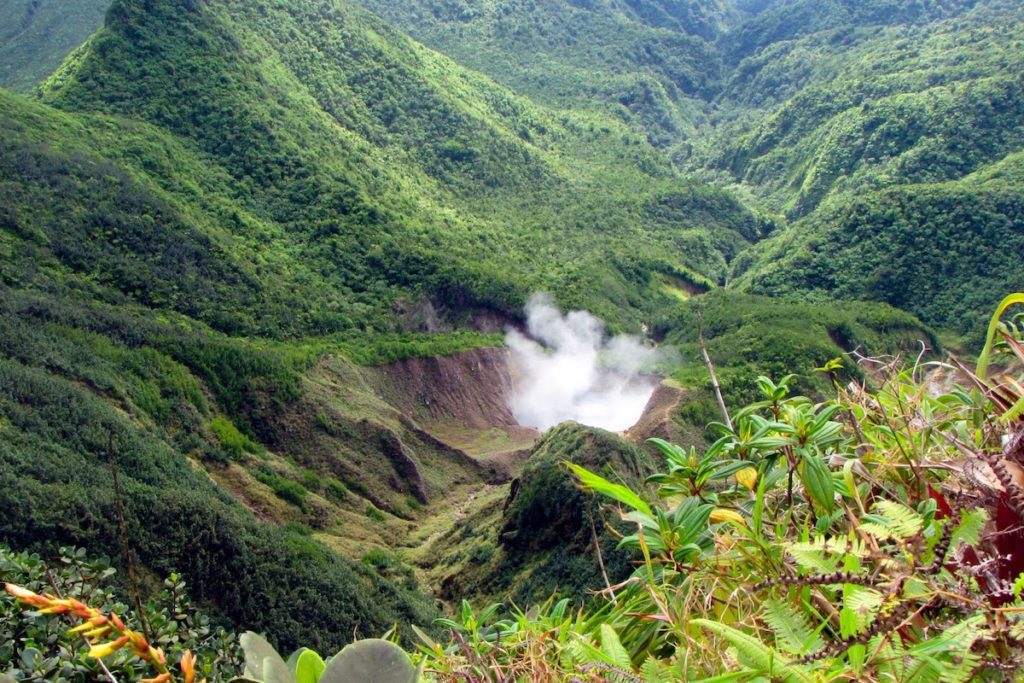
1. Hike to the Boiling Lake
“Dominica’s signature hiking adventure, the Boiling Lake Trail, tops the must-do lists of most outdoor lovers. This full-day, there-and-back hike is located in the Morne Trois Pitons National Park — a Unesco world heritage site — and takes in lush rainforest, a mountain top, and the otherworldly Valley of Desolation, an active volcanic caldera alive with steaming fumaroles, bubbling mud and hot water streams. Journey’s end is a large, flooded crater, superheated from below and in a constant state of vigorous rolling boil. Look out for the warm-water pools and cascades en route where a quick soak provides a helpful muscle massage on the return journey.”
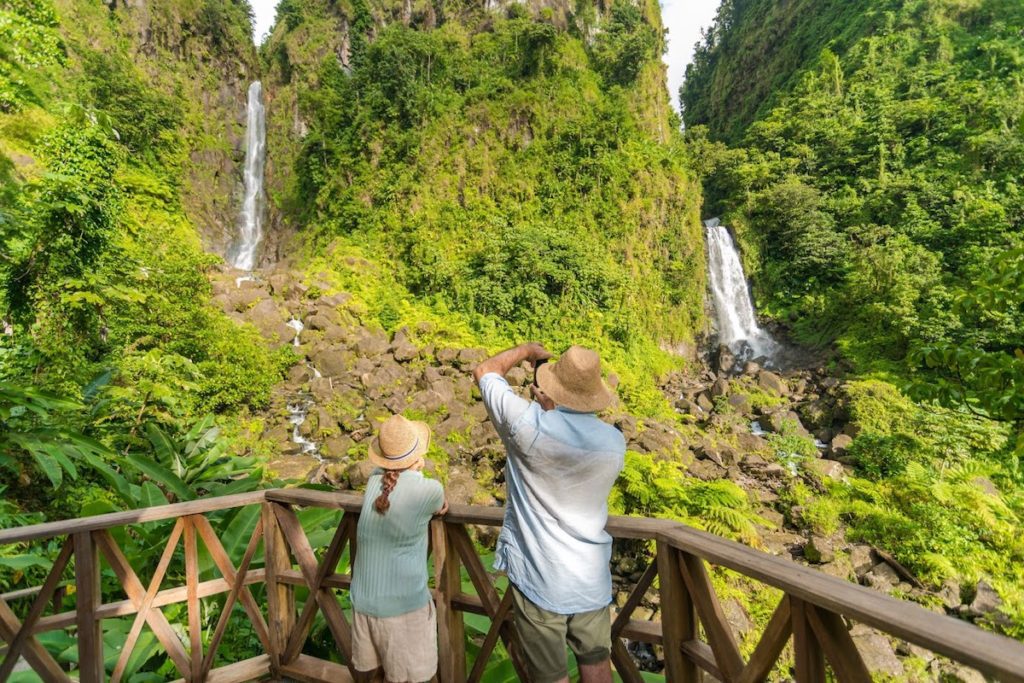
2. Admire the Trafalgar Falls
“Best enjoyed when no cruise ships are in port, the easily accessible and photogenic Trafalgar Falls are one of Dominica’s most visited natural attractions. Framed by steep cliffs and forest, the twin waterfalls — known affectionately as “mother” and “father” — can be viewed from a platform at the end of a short and easy walk. The adventurous may choose to do some bouldering, scrambling up rocks and over cascades to reach the waterfall pools. The “father” has the best pool and is easier to reach. Just below it, hot springs join the main river to create a cascading hot and cold shower.”
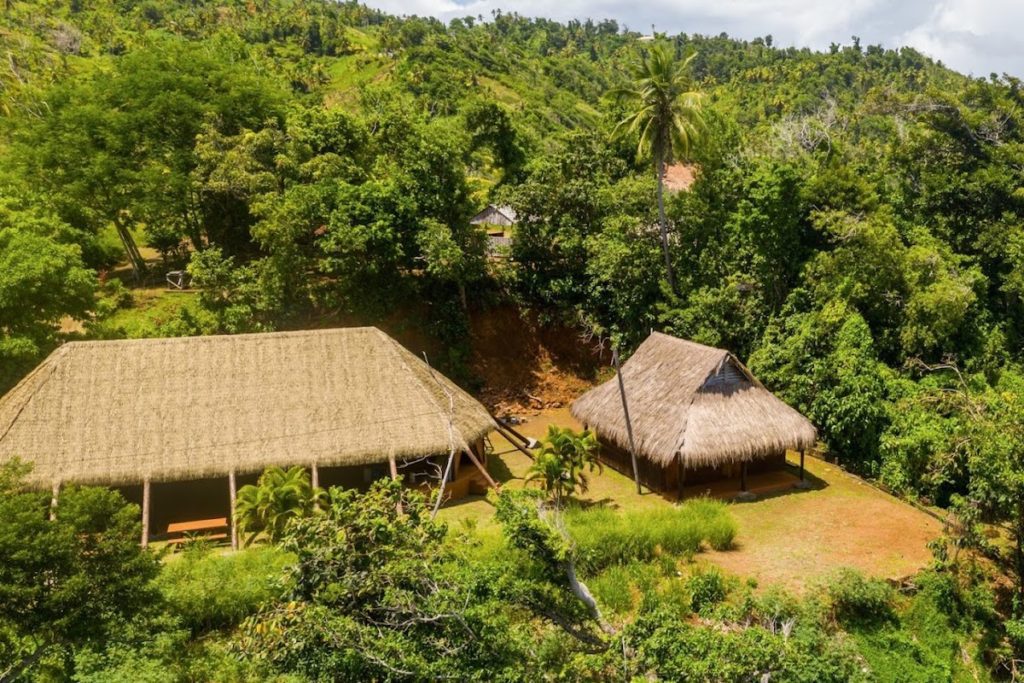
3. Explore the Kalinago Territory
“Dominica’s Kalinago people (previously known as “Caribs”) were here when Columbus turned up in 1492. About 2,500 of their descendants live and work in the semi-autonomous Kalinago Territory on the island’s rugged east coast. A day trip through the territory is a chance to experience Kalinago culture and tradition — baskets are woven from river reeds, canoes are fashioned from the trunks of huge gommier trees and cassava bread is baked on open fires and hot plates. The Kalinago Barana Auté in the hamlet of Crayfish River is a demonstration village with thatched karbet and ajoupa structures as well as the charming Isulukati waterfall. Often sold by the roadside, kanki, a traditional dish made from sweetened and spiced cassava, cooked in a banana leaf, is something you should try.”
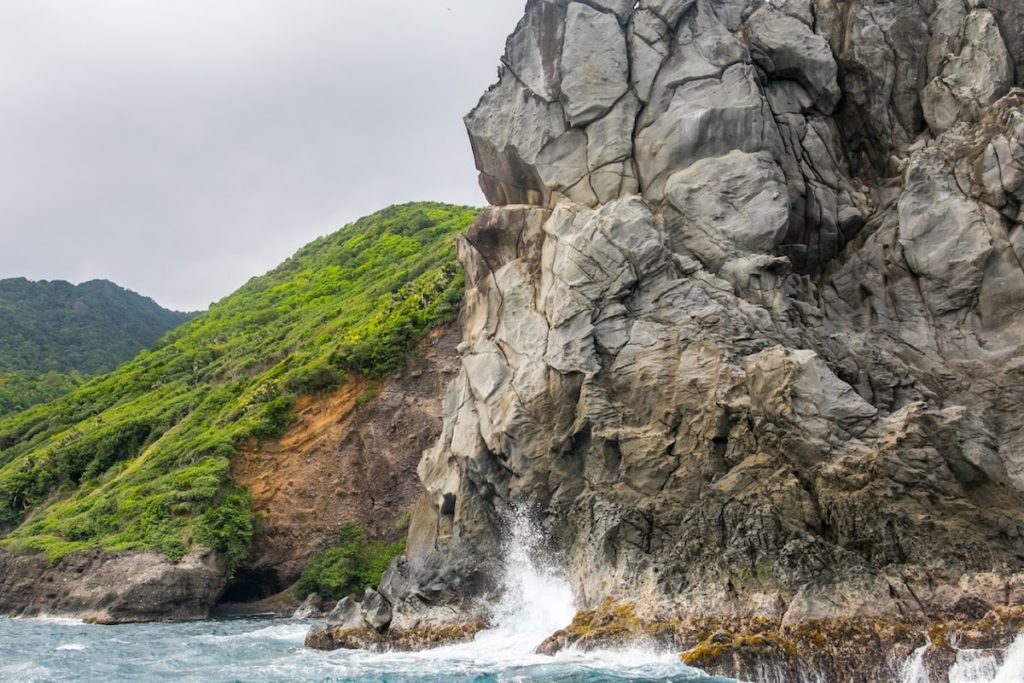
4. Trek the Waitukubuli National Trail
“The 14-segment, 200km Waitukubuli National Trail (WNT) is unique among the Caribbean islands. Beginning in the south at the Cachacrou isthmus and finishing in the north, at the Cabrits National Park, this extremely challenging trail meanders through rainforest, villages and farmlands; it climbs mountains, crosses rivers and meets waterfalls. WNT Segment 8 is considered by most to be Dominica’s toughest day-hike, traversing the island from east to west, passing through the remote primary rainforest of the Northern Forest Reserve. Pack a hammock; it’s quicker and easier than a tent, especially when darkness falls like a thick quilt and the night-time chorus of tree frogs and crickets begins.”
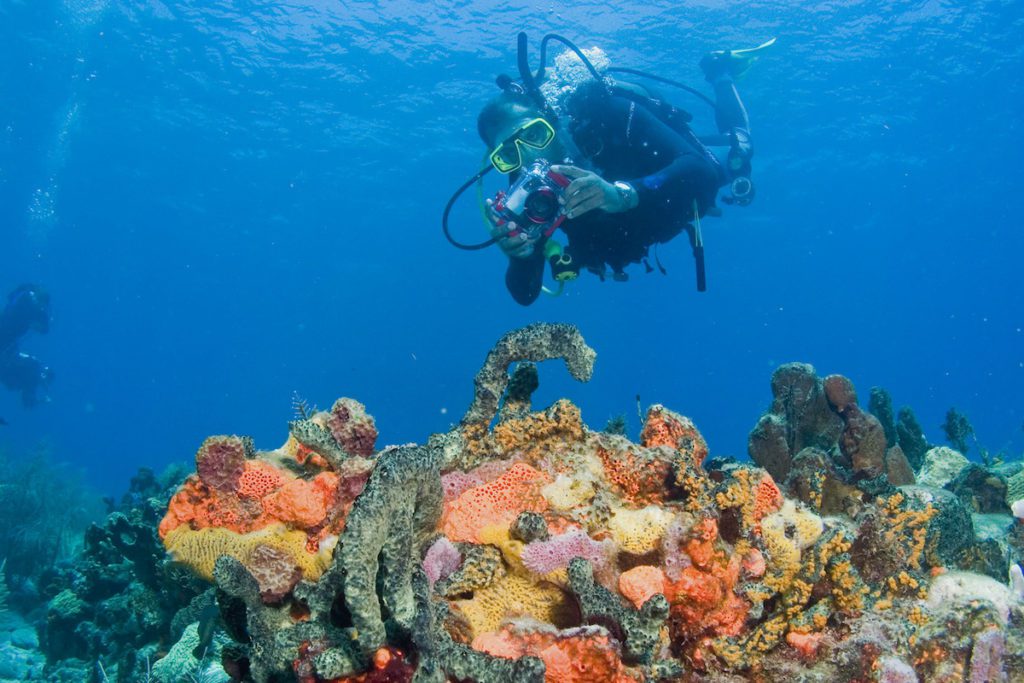
5. Scuba dive in the Soufriere Scotts Head Marine Reserve
“The mountains and forest of Dominica’s interior are mirrored in the abyssal drop-offs and animated coral reefs of Dominica’s coastal waters. Scuba diving is offered by a number of operators along the sheltered west coast, most of it from a boat, although none of the dive sites is far from shore. A combination of wall and pinnacle diving offers a chance to see a wide range of reef fish, turtles, hard and soft corals, and giant barrel sponges. So far, the cool, deep waters have protected Dominica’s coral reefs from the kind of bleaching episodes experienced elsewhere and the formations are as healthy as they are dramatic. Most divers head for the protected Soufriere Scotts Head Marine Reserve where sites such as Swiss Cheese and Cachacrou are a draw for photographers.”
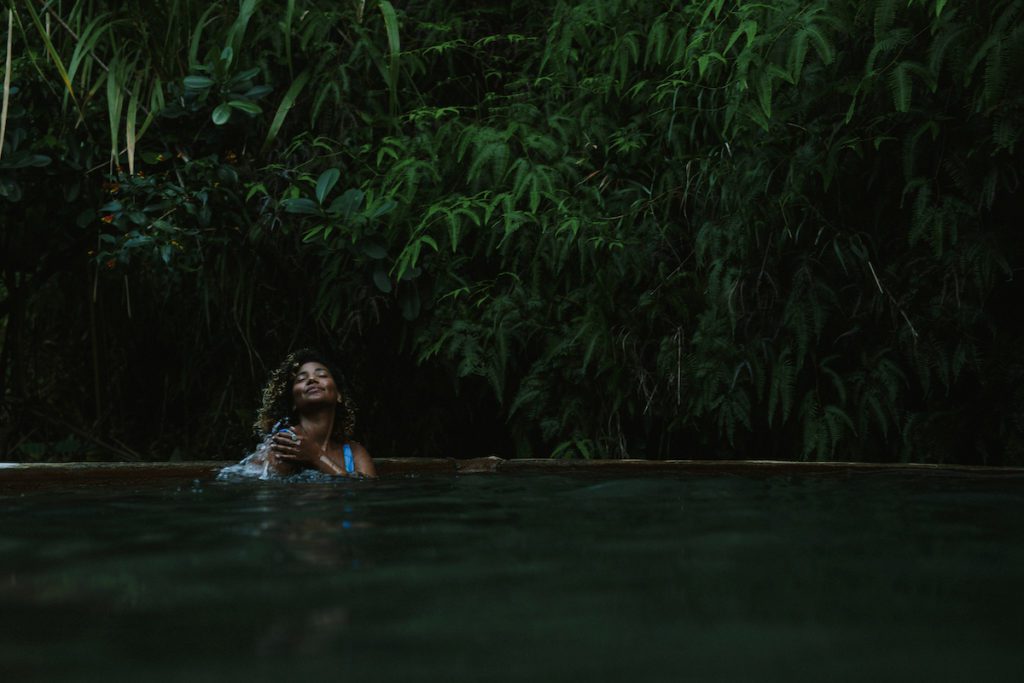
6. Relax in a volcanically heated spa
“At the head of the Roseau Valley, and just a short drive from the capital, is the sleepy hamlet of Wotten Waven. Entrepreneurial villagers have creatively fashioned attractive spas from the valley’s numerous hot springs, rivers and streams. Many are set in colourful gardens and have a number of pools, their temperatures cleverly regulated by combining hot and cold water through a network of pipes and bamboo channels. The pools are rich in sulphur and have the colour and aroma to match. A soak is best at night-time when you can enjoy the sounds of the forest, the clear, star-filled skies and perhaps a rum punch or two.”
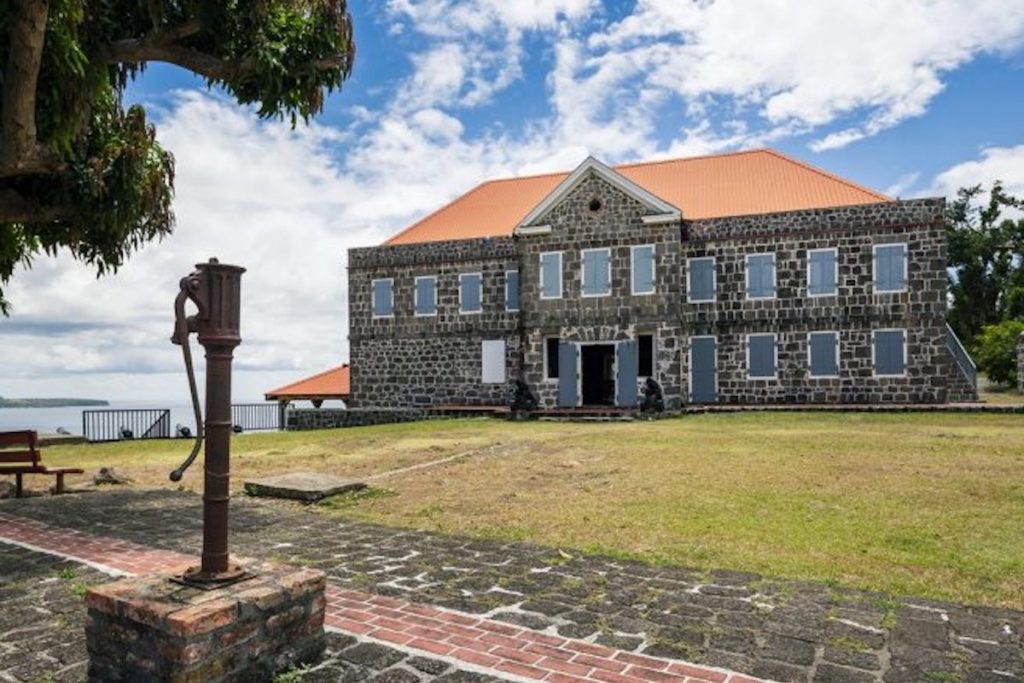
7. Explore the Cabrits National Park
“The twin-peaked Cabrits National Park occupies a scenic peninsula between two large bays in the northwest of Dominica. Anyone interested in history will enjoy the restored Fort Shirley and the vine-covered garrison ruins that emerge ethereally along a network of easy and interesting forest trails. These trails end at former battery locations where defensive canons still sit and where coastal and mountain views are sublime. Although it was never used in direct action in the territorial battles between Britain and France, the garrison was involved in a rebellion by the Black West India Regiment in 1802 and the Battle of the Saintes in 1782. Fort Shirley is a good spot for a family picnic; the Indian River and good beaches are also nearby.”
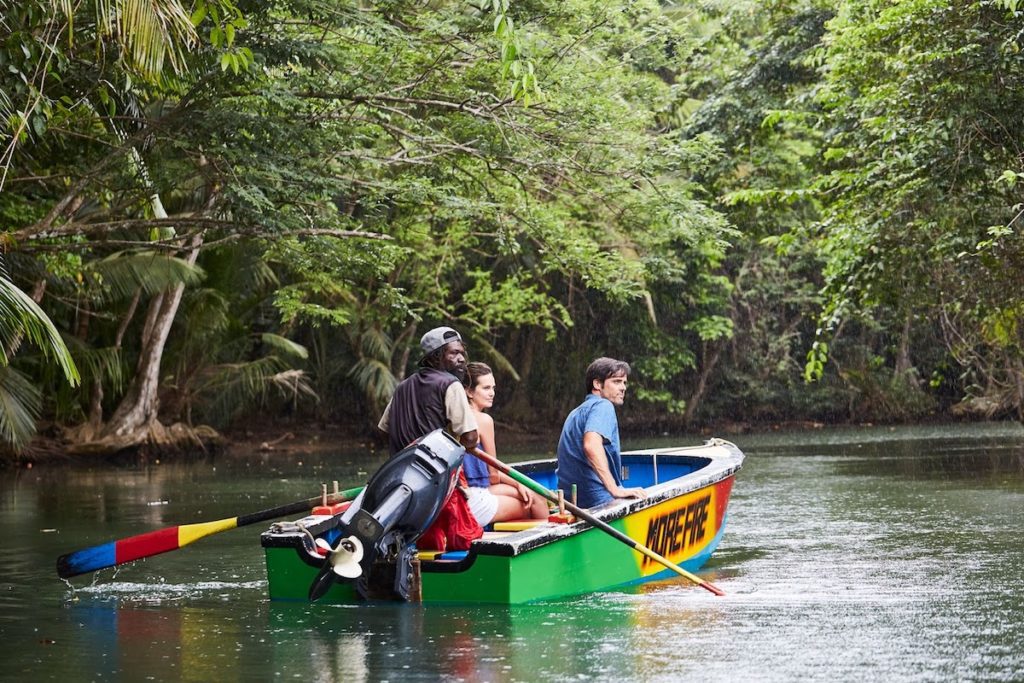
8. Take a boat ride along the Indian River
“For fans of the Pirates of the Caribbean films, a sedate boat ride along the Indian River is a must, for this is where the jungle hideaway of Tia Dalma (Calypso) can still be found. The mangrove-lined river is also a draw for bird watchers and nature lovers. Colourful wooden rowboats with knowledgeable guides carry up to eight passengers sedately along a one-mile stretch. Wildlife is in abundance — shoals of large mountain mullet, a variety of water birds, and Dominica’s native iguanas can all be seen here. Late afternoon is a nice time to go, especially if cruise ships are visiting. Try a dynamite punch at the Indian River Bar.”
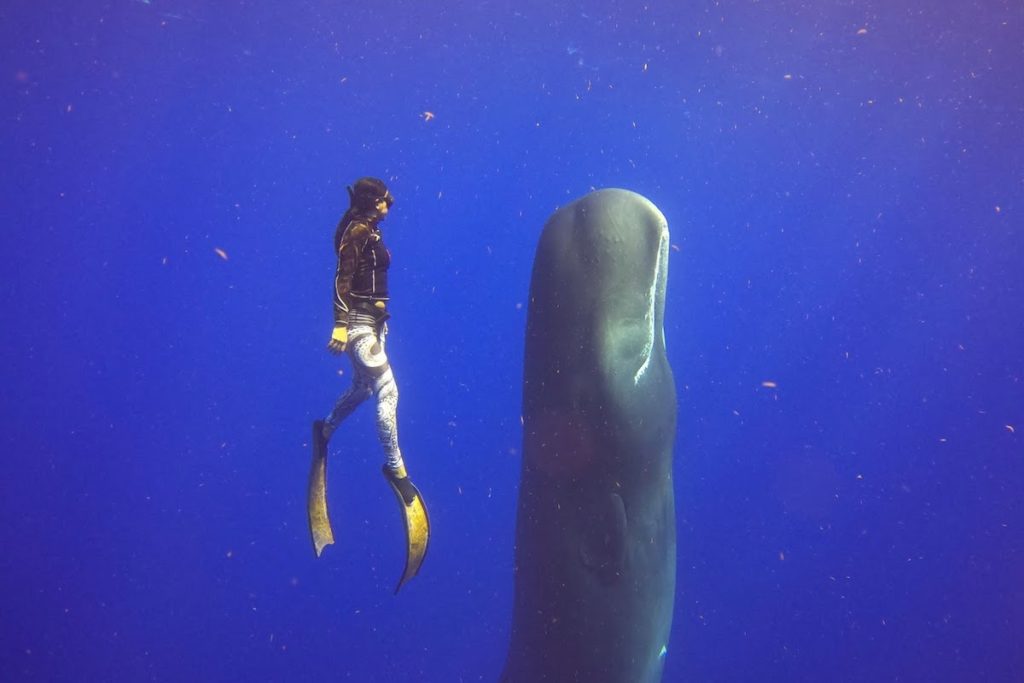
9. Go looking for whales and dolphins
Dominica is noted for a sperm whale population that stays in the island’s deep coastal waters all year round so the chances of sighting them on a whale-watching trip are always high. Experienced crews know the drill and can usually track them down quickly. Most people are happy to see whales from a boat, although in-water snorkelling and photographic experiences are also possible — at a price and only under special licence. Half-day excursions often encounter large pods of bottlenose and spinner dolphins as well as other whale species such as humpbacks and false killers. Bring sunscreen.
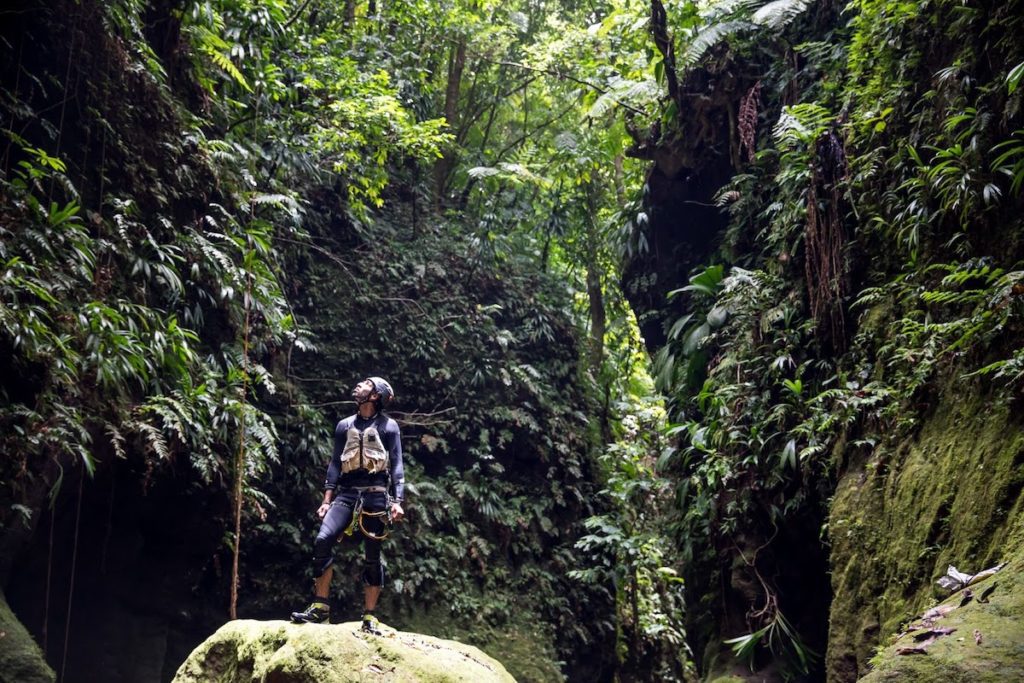
10. Canyoning
“Countless rivers flow down from Dominica’s mountainous interior, many of them through deep, narrow canyons. One such canyon connects Titou Gorge to Trafalgar Falls and is where expert operators run canyoning trips. No experience is necessary, but you do have to be comfortable with heights and in water. Family groups are welcome. Rappelling gear is provided and demonstrated and fairly simple to operate. A bit of time on the practice wall engenders the confidence you need. The most popular canyoning route — deemed suitable for beginners — involves rappelling down numerous waterfalls and leaping into deep river pools before coming to an end in the exquisite Cathedral Canyon. Take surf shoes or a pair of old trainers.”
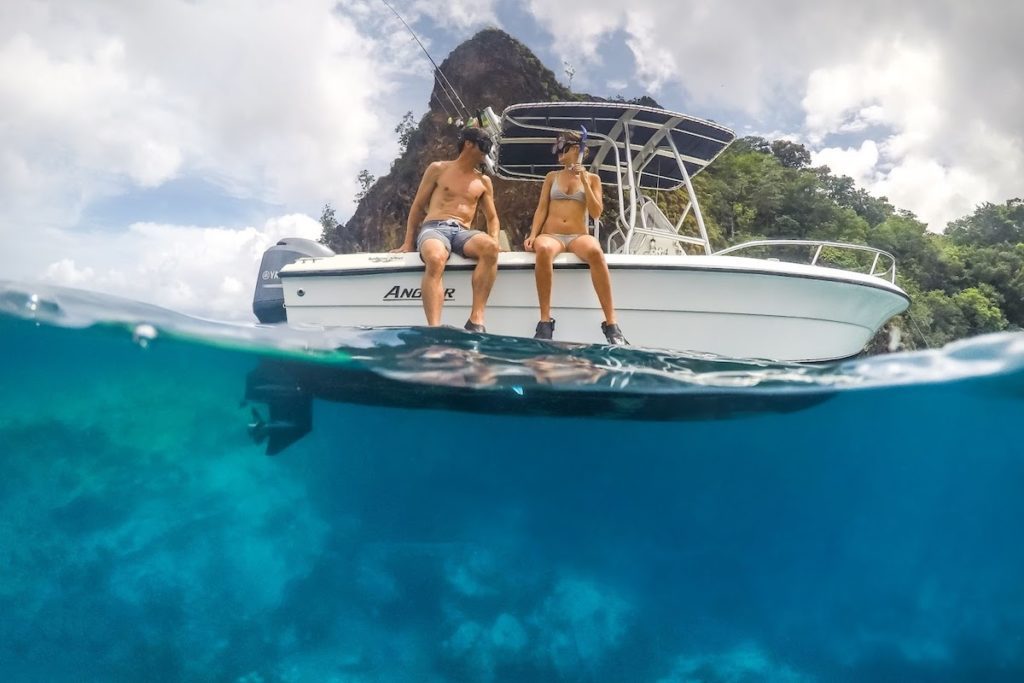
11. Snorkel on Champagne Reef
“Submerged active fumaroles emit curtains of bubbles on Champagne Reef, making it one of Dominica’s most popular snorkelling sites. The flat reef formation extends out from the shoreline and ends with a drop-off where it’s common to see hawksbill turtles swimming by. The fumaroles are in the shallows. Although the vents are hot, the bubbles quickly cool and fill your field of vision as you swim through. There’s lots of life on the reef — parrotfish, sergeant majors and blue tangs are abundant. There are lots of hard and soft corals, tube and barrel sponges, sea fans and whips. If you take a guided snorkelling tour, ask to see the hard-to-spot shipwreck remains.”
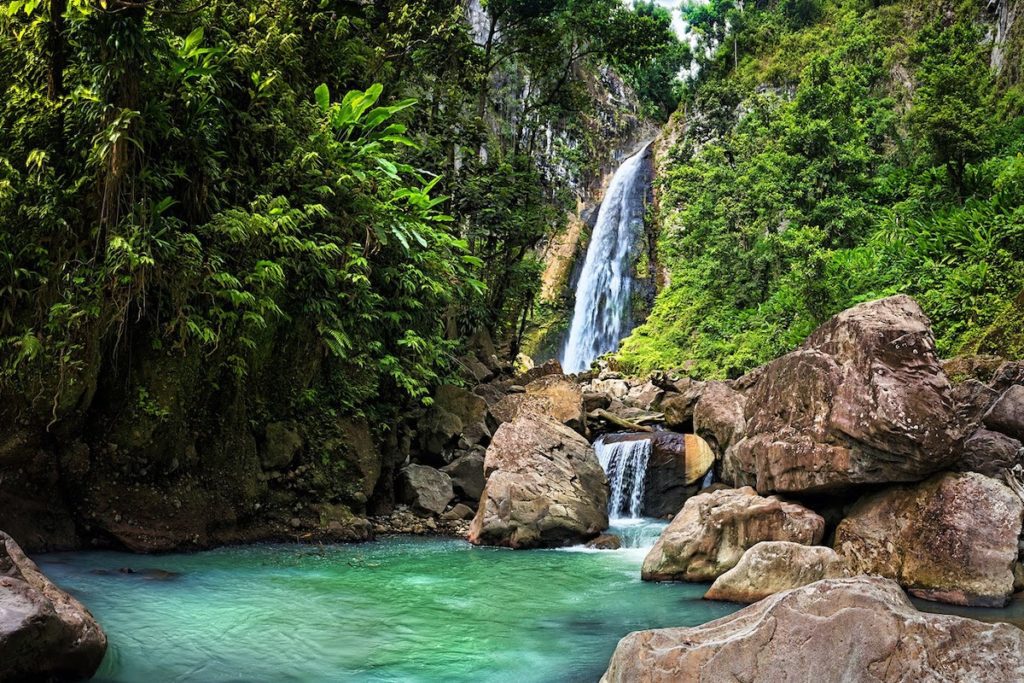
12. River hike to Victoria Falls
“Dominica has lots of waterfall trails — Middleham Falls and Sari-Sari Falls should be on your hiking list — but Victoria Falls in the southeastern corner of the island is extra special. The trail head is in Zion Valley near the farming village of Delices and the beginning of a relatively short, although occasionally challenging upriver journey. Wade across the White River several times, swim through pools, and negotiate cascades and steep riverbank until you reach this magnificent waterfall. Afterwards, call in at Moses James’s Zion Valley “Rastarant” for some Rastafarian cuisine. In the late 1970s and 1980s, under Dominica’s notorious, although short-lived Dread Act, it was legal for the police to shoot and kill anyone wearing dreadlocks. Imagine that. Moses was shot four times and has some interesting stories to share.”
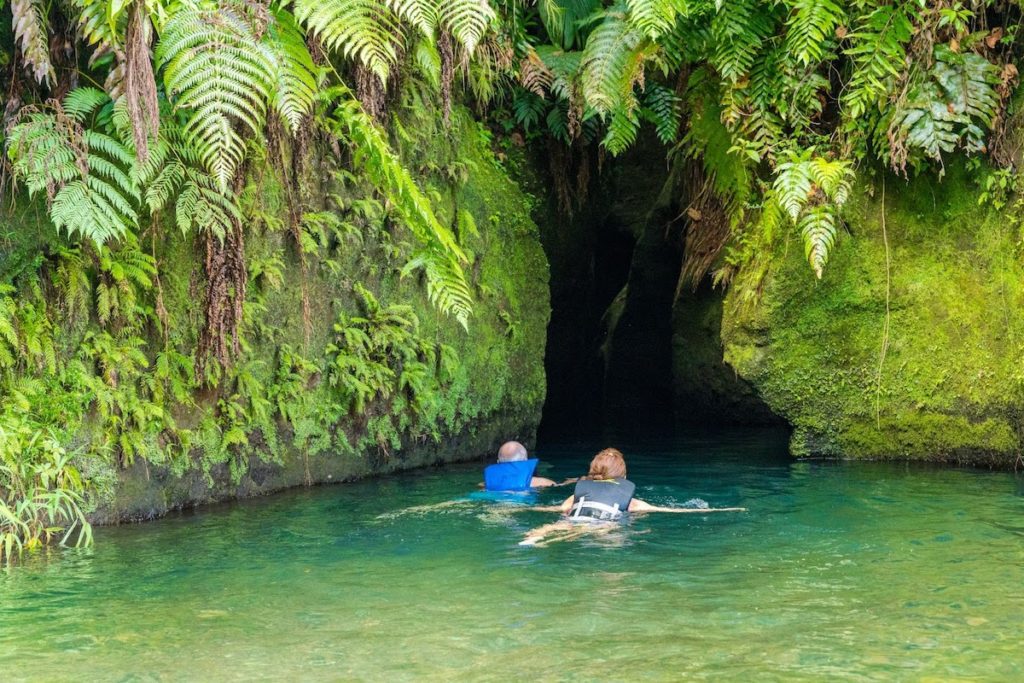
13. Swim up the Titou Gorge
“Meaning “small mouth” in Dominica’s second language, French Creole, or patois, Titou Gorge is a narrow river canyon on the margins of the Morne Trois Pitons National Park, near the village of Laudat. The gorge is a short, accessible section of a much longer river canyon that extends all the way to Trafalgar Falls at the head of the Roseau Valley. The water within is deep, clear and cold, and its walls, ground smooth by water over thousands of years, are dramatic and beautiful. A short, eerie swim through the gorge, illuminated only by shafts of sunlight from above, ends at one of its many waterfalls.”
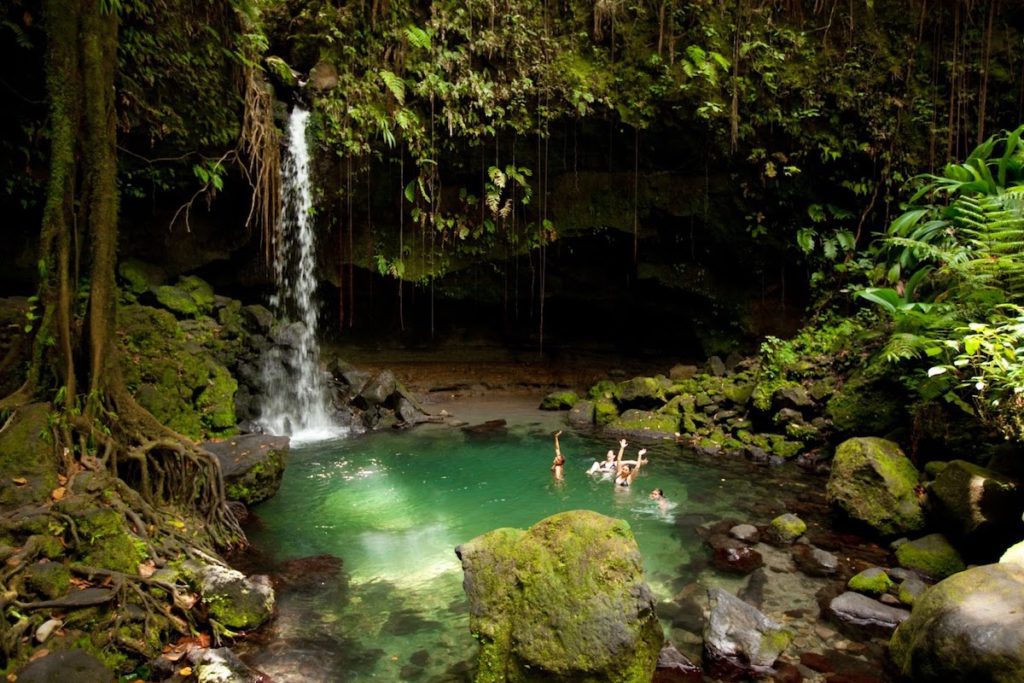
14. Bathe in the Emerald Pool
“The Emerald Pool is one of Dominica’s most photographed and visited natural attractions. Located within the Morne Trois Pitons National Park in the heart of Dominica, this waterfall and pool are reached by a short and well-maintained forest track from an informative visitor centre. In an idyllic rainforest and river setting, and very accessible, the Emerald Pool can often get crowded, especially on cruise-ship days. Plan for a late afternoon visit when it’s usually much quieter. There are several other equally reachable waterfalls in the area — Soltoun, Spanny and Jacko, for example — so it’s a nice idea to visit them all on the same day.”

15. Learn Creole cooking
“Dominica’s Creole heritage was born out of colonialism and enslavement and combines traditions of South America, Africa and Europe. It manifests itself in traditional costume, language, music, dance and cuisine. Creole food can be enjoyed at establishments all around the island throughout the year and for those with a particular interest it’s also possible, as well as good fun, to sign up for an informal cooking class. Usually at the chef’s home, small groups learn about local ingredients and how to prepare popular Creole dishes such as callaloo, sancoche and crabback. After the hard work is done, sit out in the garden and enjoy what you cooked.”
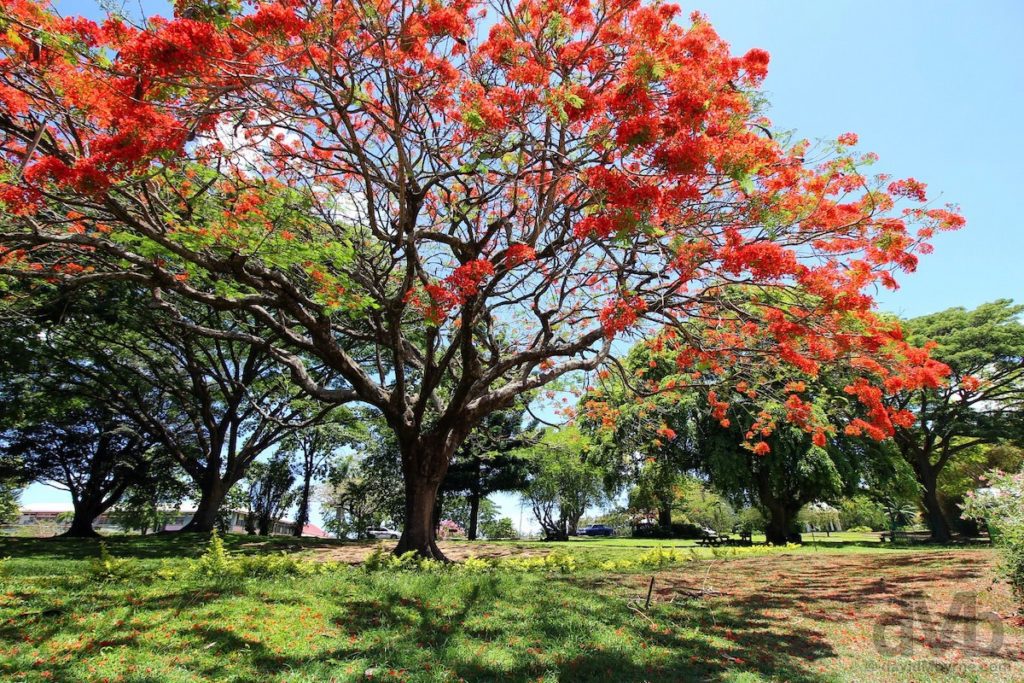
16. Walk around the Botanical Gardens
“In 1892, Joseph Jones began a lifelong work developing Roseau’s Botanic Gardens with the assistance of botanists from Kew Gardens in England. He created an attractive oasis of exotic trees and flowering shrubs with ornately decorated wrought-iron gates, ponds, a cricket ground and a small pavilion. Time and hurricanes have impacted the Botanic Gardens, but they are still a lovely and peaceful place to visit. A climb up the short but steep Jack’s Walk track leads to the top of Morne Bruce from where there are great views of the capital. A couple of private gardens are also worth visiting: Papillote Gardens in the shadow of Trafalgar Falls and Paradise Valley in the northern hamlet of Bornes.”
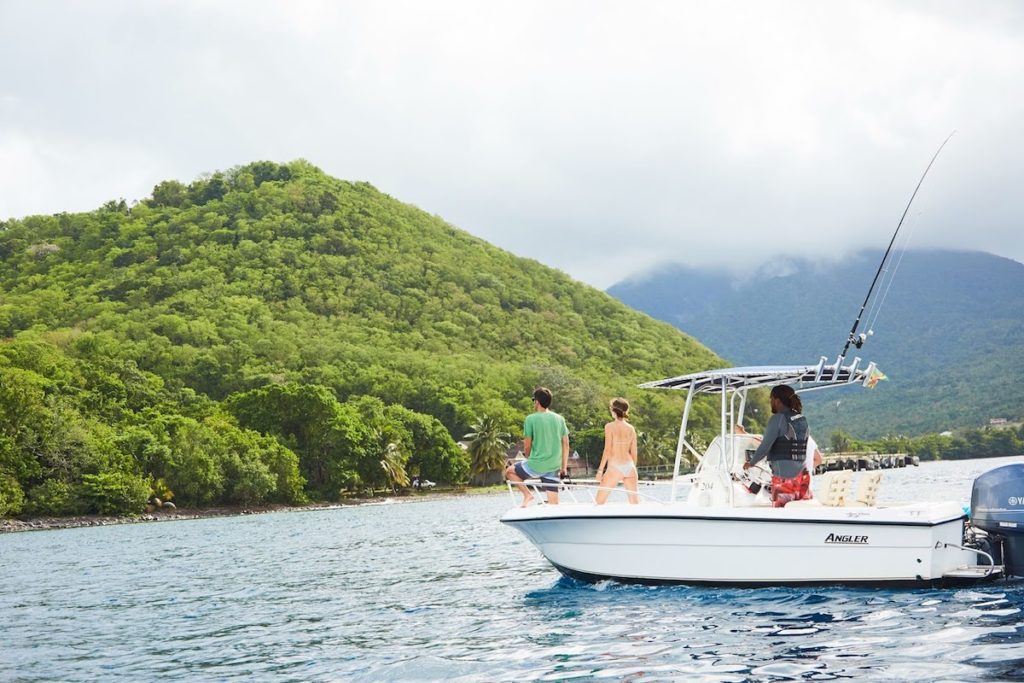
17. Go fishing
“If you fancy some fish for dinner, you could head for a waterside restaurant, buy it at the roadside — listen for the sound of someone blowing a conch shell — or try to catch it yourself. Inshore bottom fishing with a local fisherman is a lot more fun than it sounds. Expect to catch snapper, jacks and kingfish. Your hotel should be able to recommend a fisherman and organise an outing. Alternatively, strap yourself into a fighting chair and take a half-day sport fishing trip. Mahi mahi, dorado, marlin and tuna are all frequently caught in Dominica’s waters. Fishing trips are along the more sheltered west coast. If you are going with a local fisherman, be sure to cover up and take sunscreen because there will be no shade on the boat.”
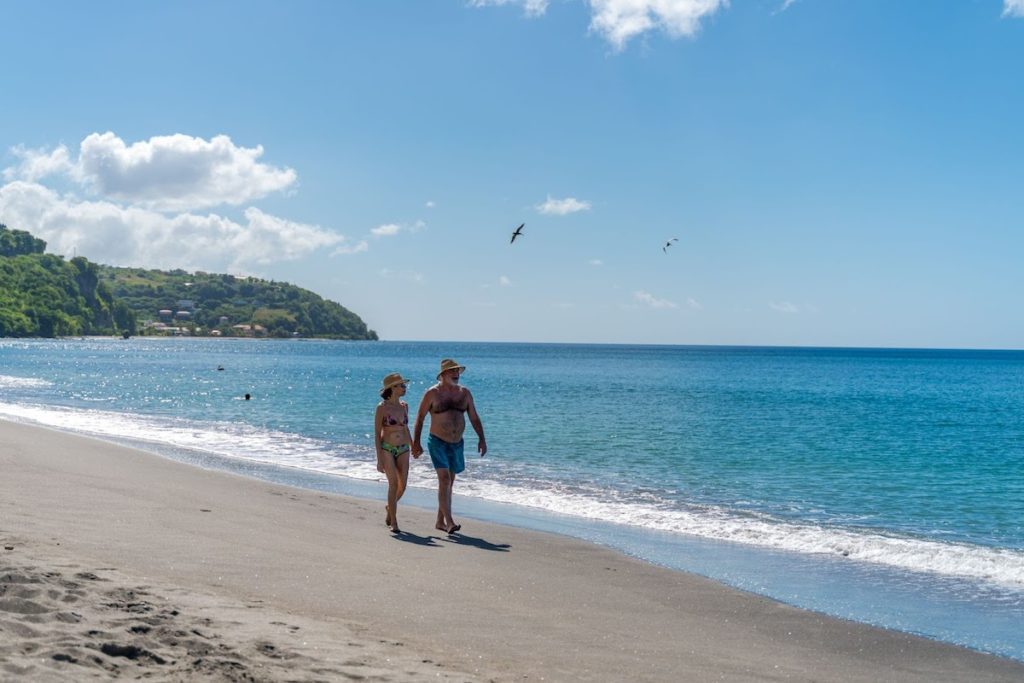
18. Explore the northern beaches
“Although Dominica is known for its mountains, rainforest and waterfalls, it also has a number of fine beaches and picturesque coastal formations, many of which can be found in the north of the island. Woodford Hill — once thought to have been an anchorage for pirates and privateers — is a sweeping beach of fine white sand and shells, as is its neighbour, Turtle Beach. The legacy of Kalinago settlements and British plantations is evident in the names of other fine beaches at Batibou and Hampstead. The beach at Pointe Baptiste is also famed for its stunning red rock coastal formations, best visited around sunset when they are illuminated in oranges, ochres and yellows.”
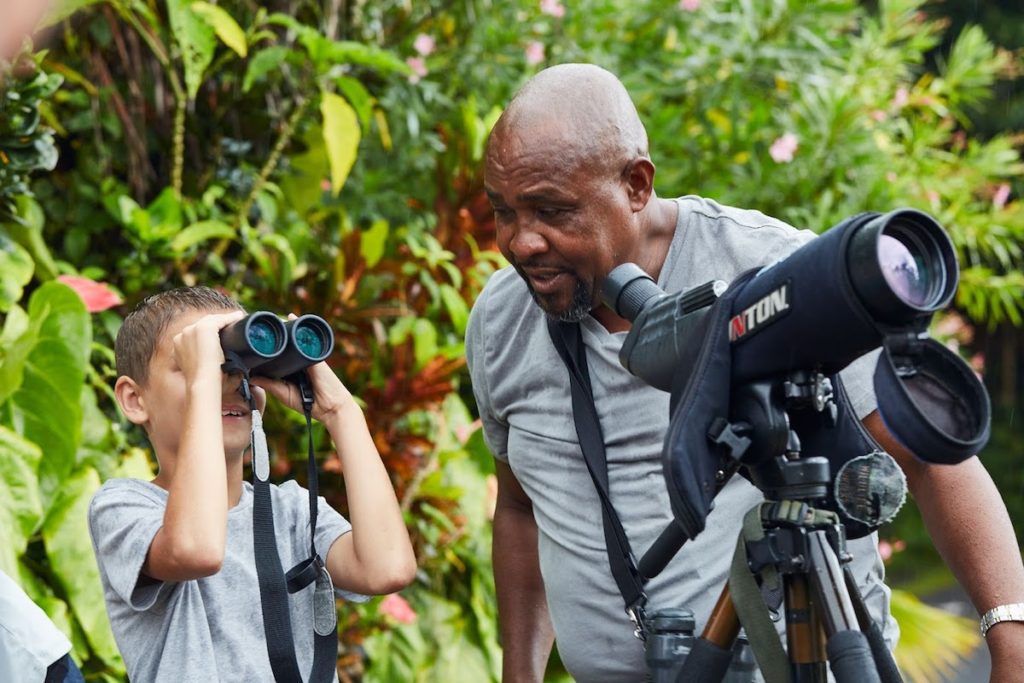
19. Seek out rare parrots
“Two critically endangered Amazon parrots are found only in Dominica. They are the imperial parrot (known locally as the sisserou) and the red-necked species (known locally as the jaco). The jaco is widespread and frequently seen in rural areas, whereas the habitat of the more elusive sisserou is the elevated rainforest around Morne Diablotin, Dominica’s tallest mountain. A birdwatching walk along the easy and scenic Syndicate Nature Trail in the Morne Diablotin National Park is an opportunity to see parrots as well as other local and regional endemics such as hummingbirds, tremblers, warblers, falcons and finches. Ask your hotelier to contact Dr Birdy, Dominica’s go-to and in-demand birdwatching guide.”
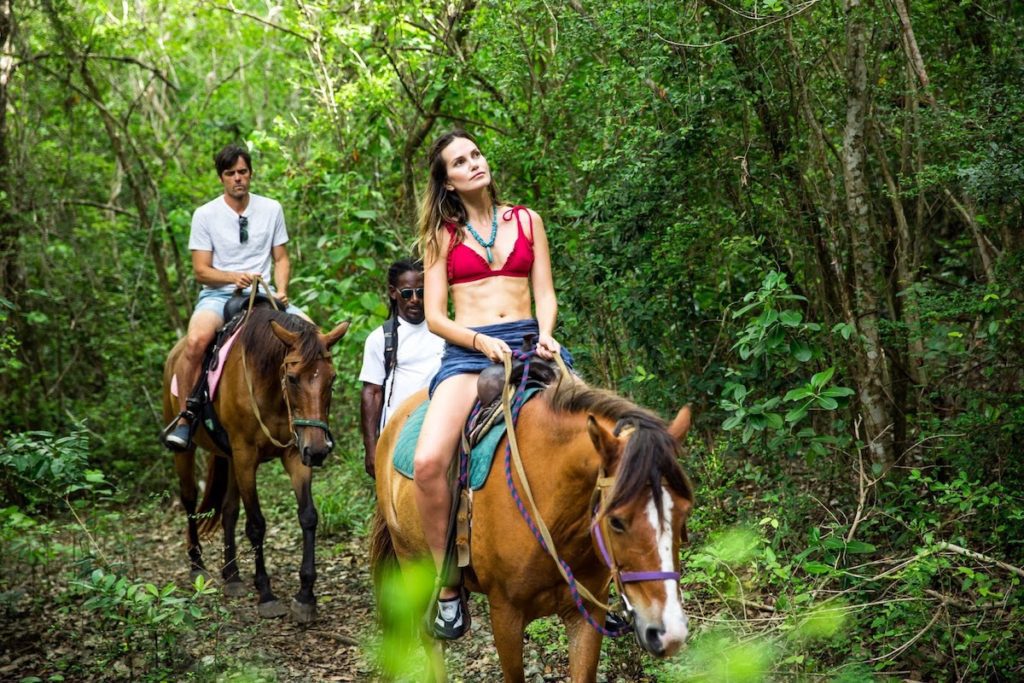
20. Go horse riding
“Dominica’s vast network of trails is testament to how people used to travel before roads. Many would walk the long distances between villages; others would travel on horseback. Today, horse riding allows you to explore those same forest tracks and coastal margins. Two excellent stables operate in the north of Dominica. Each offers training and trekking and will adapt half or full-day outings to suit your ability and preference. Explore the woodlands and mangrove forests around Brandy and the Indian River, enjoying a picnic en route, or take a ride along sand and in surf at Purple Turtle Beach.”

21. ‘Free up’ at a festival
“Dominicans like to party, or “free up”. Whether it’s at a river “lime” (picnic), “blocko” (impromptu street party), popular rum shop or full-on music festival, you can guarantee crowds of revellers. These events take place throughout the year, but Carnival (February/March), and World Creole Music Festival (October) are the most popular party times. The carnival spirit of rebellion and expression are evident at J’Ouvert (the traditional opening of carnival) costume parades, and calypso competitions. In October, Creole heritage is on display in the form of traditional dress, cuisine and music genres such as cadence, zouk and bouyon. Both are great times to visit.”
Start planning your next adventure to Secret Bay. Simply email [email protected] with your ideal travel dates and you’ll be surrounded by nature in no time.

